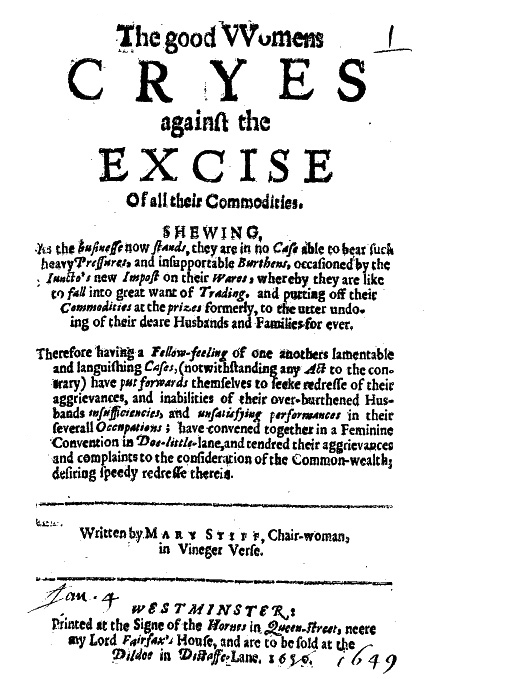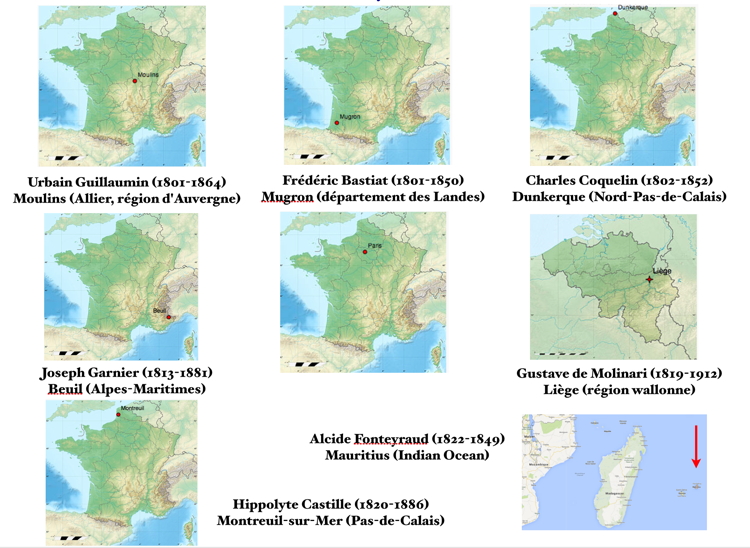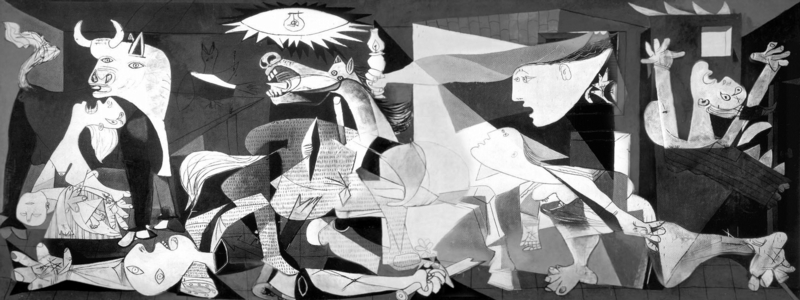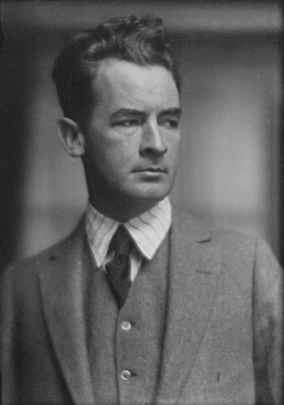The uncorrected HTML of volume 7 of the Leveller Tracts (1650-60) is now online at the OLL. There are 42 pamphlets which have a total of 1,055 illegible words and characters which need to be corrected before it will go into the main OLL library. It covers the period of the Commonwealth, the rise of Cromwell’s Protectorate, and the gradual defeat and dispersal of the Leveller movement.
Highlights include more tracts on economic matters (such as taxes and free trade), Sexby’s notorious pamphlet advocating the killing of Cromwell as a tyrant, and the pamphlet by Margaret Fell Fox advocating the right of women to speak in Church:
- Mary Stiff, The good Womens Cryes against the Excise of all their Commodities (4 January 1650)
- Anon., The Soap-makers Complaint for the losse of their Trade (24 September 1650)
- William Walwyn, Walwyns Conceptions; for a Free Trade (May 1652)
- William Prynne, A Declaration and Protestation against New Taxes (18 October, 1653)
- James Freize, A Moderate Inspection into the Corruption of the Common Law of England (17 June, 1656)
- Edward Sexby, Killing, No Murder (21 September, 1657)
- Margaret Fell Fox, Womens Speaking Justified (c. 1666)




